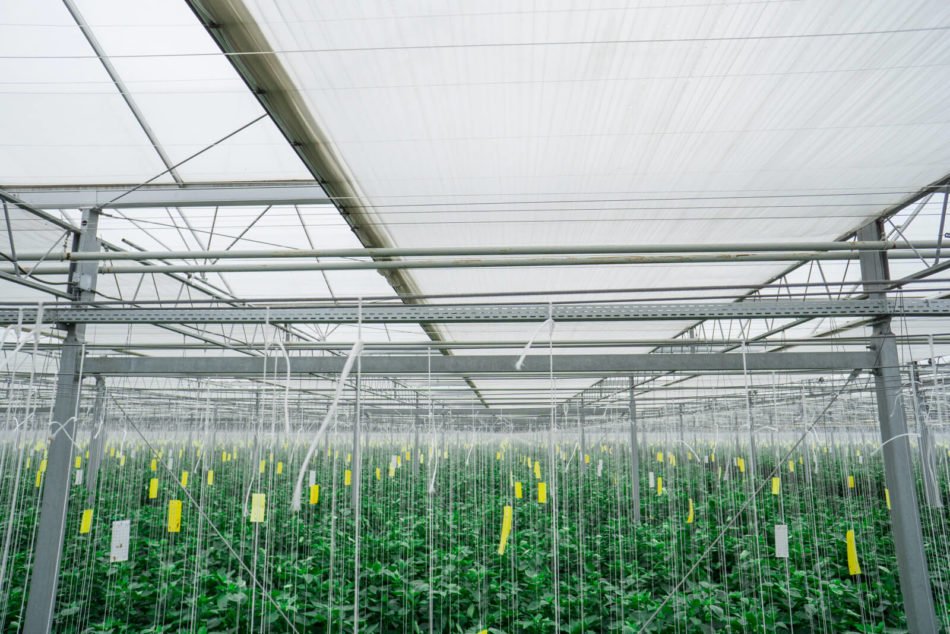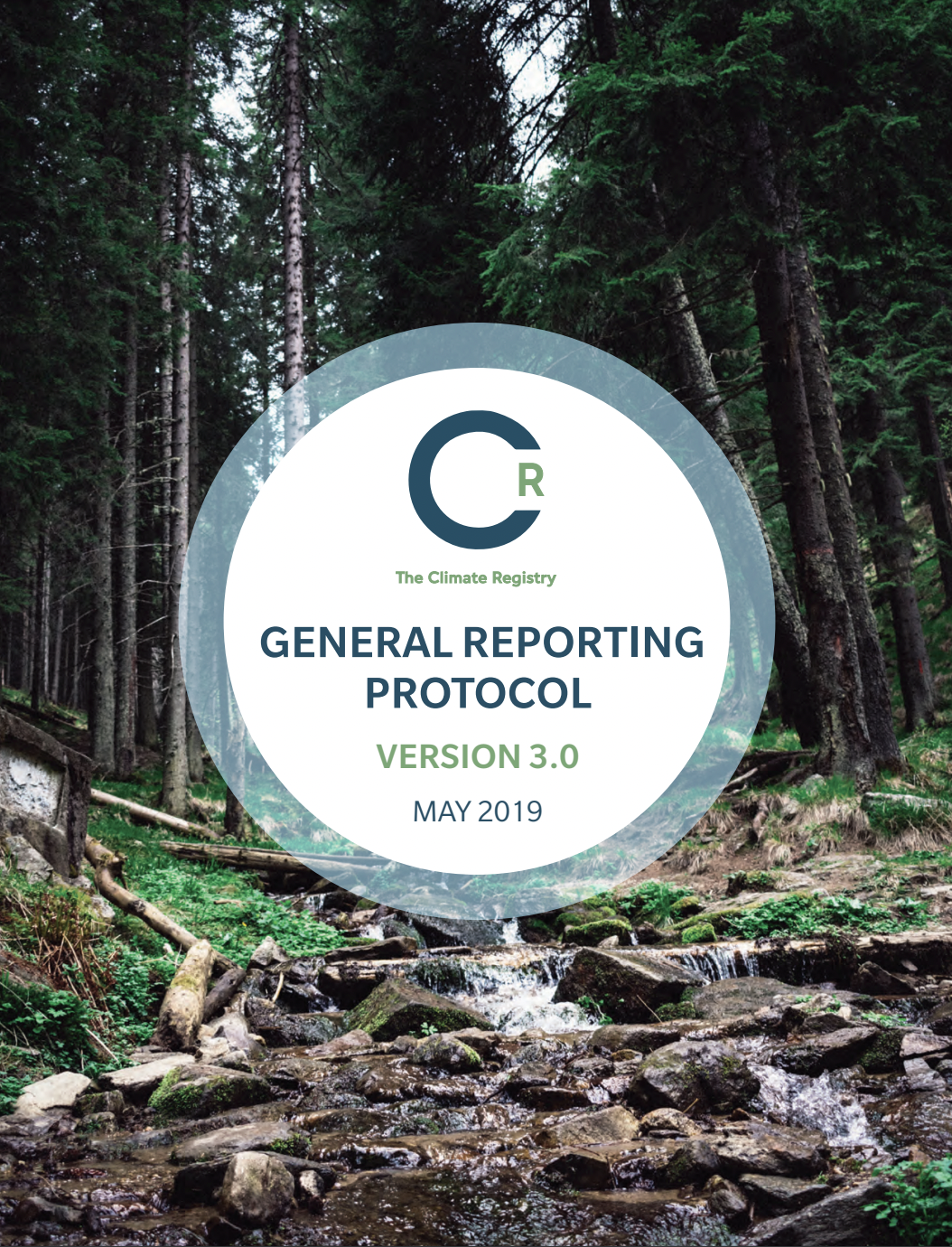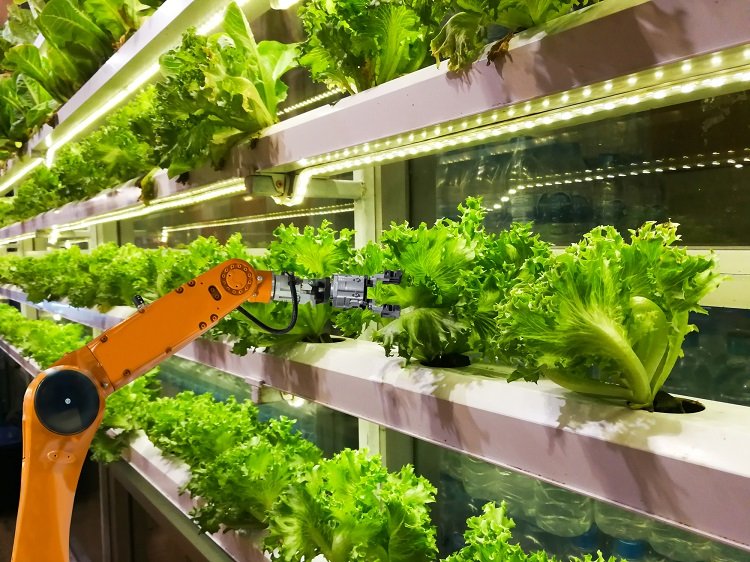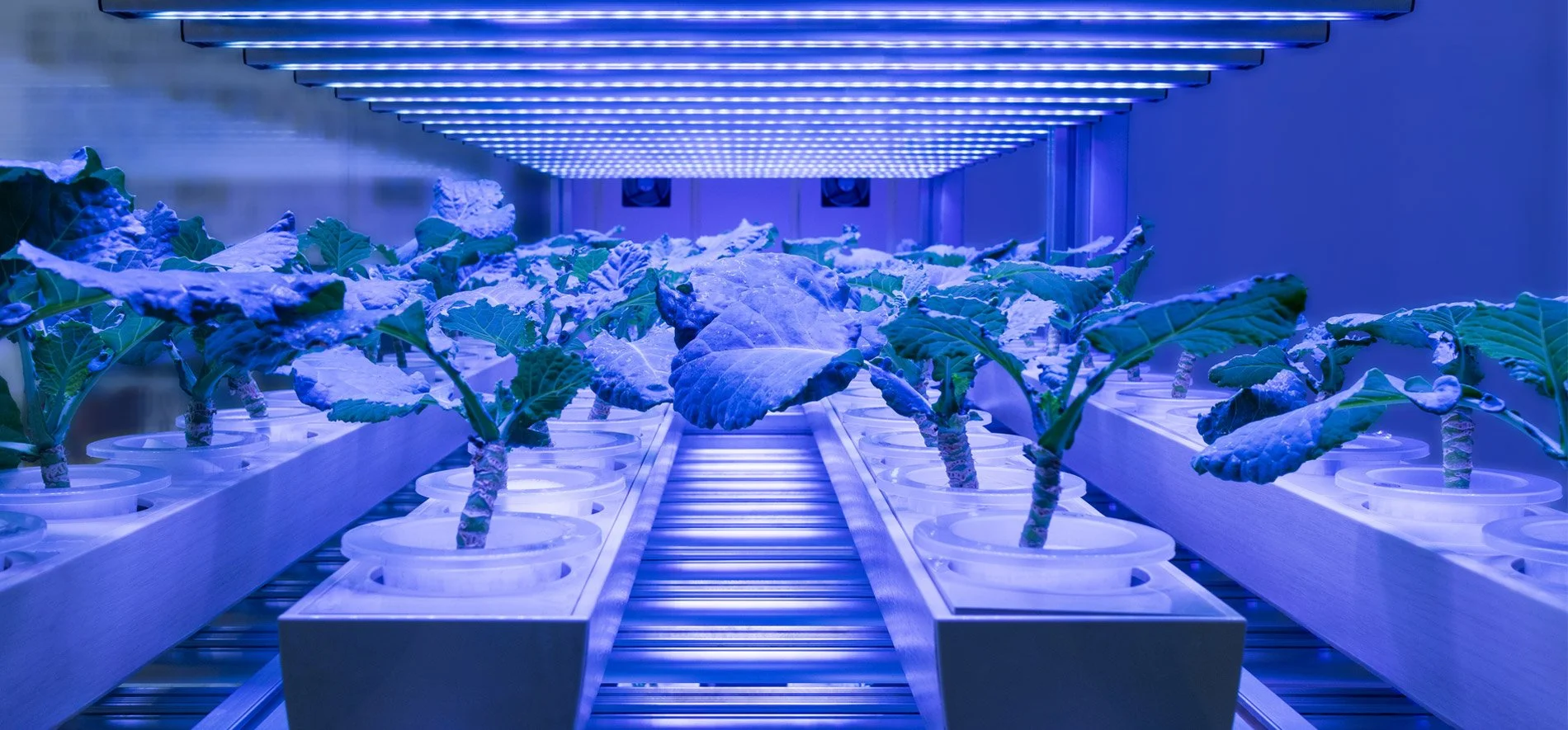Apr 18, 2022
7 Step Guide To Conducting A Carbon Footprint Analysis For Your Farm
Editor’s Note: This is a detailed guide by Yara Nagi, Director of Operations at Agritecture, to conducting a carbon footprint analysis for your controlled environment facility. With her 10+ years of experience in sustainability, environmental science, and controlled environment agriculture, Yara advises on sustainability-related matters for clients and assesses the economic viability of their projects.
Those in the indoor farming industry know that energy – whether from the use of overhead lights or HVAC systems – is an area that needs improvement in order for the industry to be truly “sustainable”.
One of the methods of evaluation for the utilization of energy and its impact on the environment is a carbon footprint analysis.

Greenhouse using Energy Screen Technology; Image sourced from Nature Fresh Farms
This refers to an assessment of the greenhouse gas emissions caused by a certain activity, i.e. heating a greenhouse throughout the year. Many companies, especially those of larger scales, conduct and report on their carbon footprints annually. The results of these assessments are usually a list of goals for the company to track against, such as a percentage of materials recycled or the percent of their energy needs sourced from renewables.
Whether a company chooses to report their footprint to the general public out of a commitment to sustainability or to fulfill regulatory requirements, internal tracking and reporting on the utilization of a farm's resources can go a long way.
Carbon footprint analyses often result in pinpointing where inefficiencies might be occurring as they relate to utility usage, which can in turn lead to financial savings in the short term or long term.
So, how do you go about calculating your carbon footprint? Agritecture has provided a simplified and summarized methodology below:
#1: Summarize the Farm’s Operation and Your Objectives for this Assessment
Outline the background of the farm, including but not exclusive to the mission of the farm, site details, size of farm, method of growing, and crops produced. Include the objective of the assessment and if there is a specific challenge around energy that will be the focal point. “Generating revenue against the increased energy costs in the winter due to supplemental heating required” is an example of a challenge and focus.

The General Reporting Protocol by The Climate Registry; image sourced from The Climate Registry
#2: Reference Greenhouse Gas Protocols
There are a lot of publicly available reports that can be used as guides in your method of analysis. Some of these sources include: The Greenhouse Gas Protocol: A Corporate Accounting and Reporting Standard (Revised Edition) by the World Resources Institute and the General Reporting Protocol by The Climate Registry.
These reports provide practical examples of calculations and detailed explanations of the terminology mentioned in this article.
#3: Outline the Advantages and Business Goals of the Analysis
Outline the advantage of this analysis for your operation. Will this set you as a leader amongst other industry players? Does it hold value for your investors? Can it help you manage resources in a way that will result in cost savings? After you determine all the advantages, outline your short-term and long-term goals. A short-term goal could be something as simple as “Setting Reduction Targets” and a long-term goal can be “Preparedness for Sustainability Certifications.”
#4: Define the Boundaries and Scopes
A boundary is essentially the area you will be assessing. It should have its own source of energy that is controlled by the operation. For this case, it would be the total area of your farm (not just the production area of the operation).
Carbon footprint analyses usually assess direct and indirect emissions that are categorized under a number of “Scopes.” For this methodology, start with Scope 1: direct emissions that come from sources that are owned or controlled by your farm, and Scope 2: indirect emissions that come from purchased electricity. For example, if your greenhouse has a boiler on site, the emissions from the radiant heating system would be considered under Scope 1 whereas your supplemental grow lights or refrigeration unit that runs on purchased electricity from your provider would be Scope 2.
(Scope 3 refers to indirect emissions from sources not controlled by your farm - essentially, the greater supply chain you may be working with to purchase consumables like fertilizers or to distribute your product. This may be less of a focus if this is your first time conducting a carbon footprint analysis but should still be on your radar.)

#5: Collect Your Data
The information collected in this step should include everything about the equipment categorized under Scope 1 & 2. Examples include, but are not exclusive to frequency of use for the heating and cooling systems throughout the year and energy bills for a relevant 12 month period.
#6: Perform the Calculations
This step is an assessment of the utilization data, also referred to as the activity data, from the energy bills. Most commonly, electricity, or Emissions, will be in the unit of kWh and gas use, or Natural Gas Activity, will be in therms. Activity data for each category should be calculated separately and outlined per month.
There are a number of emissions that can be chosen in this step, but a standard place to start is with Carbon Dioxide (CO2), Methane (CH4), and Nitrous Oxide (N2O). You can then calculate the Carbon Dioxide Equivalent (CO2e) to measure the carbon footprint of the operation.
In order to calculate the average amount of pollutant released into the atmosphere based on the activity data of the facility, emissions factors for each greenhouse gas are required. These factors are generally standardized per gas, are reported, and differ for natural gas versus electricity. They can be adopted from inventory reports that are published for each state, region, or country.
To derive the emissions, the electricity usage of every month should be multiplied by each emission factor to calculate the emission amount per gas. The same process is undergone for the natural gas activity per month. Results are required to be reported in tons, thus converting the units needed for the calculation should be considered.
#7: Assess Your Results and Outline Your Next Steps

Image sourced from ©GettyImages/sompong_tom
Once all the data is consolidated, patterns in the results should be noted down. Was there a big jump in one month? Where did that sudden increase come from and what does that translate to? You may find that periphery activities you did not think much about, such as cold storage, actually are a significant source of emissions. Or, you may start to notice the inefficiency of a heating system that cannot be turned on or off without getting the whole heating system turned on. Finally, you may see that an activity with a relatively low financial cost actually has a high carbon footprint and deserves more attention.
A useful tip is to take the tCO2e (tonnes of carbon dioxide equivalent) emissions and calculate them per square foot of the facility and per lb of crop harvested. The latter will especially give you an idea on the efficiency of the energy being used (i.e. if you are heating your whole facility but not growing at full capacity, this will clearly be translated through this calculation).
And finally, based on the analysis and insights gained, next steps can be outlined to reduce those inefficiencies. For example, you may choose to install knobs on each of your radiant heating units so you can turn off the ones not being used.
Where to go from here
The actions organizations can take to be more sustainable are vast. Energy is not the only resource to consider. Sustainability encommpasses the fair treatment of your staff, keeping local communities in mind when planning your farm, the mindful use of less wasteful consumables, and so much more.
But when it comes to sustainability and the monetary savings paired with it, the one thing to keep in mind is that if you aren’t tracking your data and assessing it, you aren’t aware of the improvements that can be made.
Drawing on insights from the 2021 Global CEA Census which gathered sustainability data from 300+ businesses, Agritecture has created a FREE guide to help CEA operators communicate about sustainability in a more effective and honest way.
We offer sustainability assessment services to our consulting clients in addition to the profitability metrics we already provide.
Work with Agritecture to figure out how to run your
operations more sustainably.



